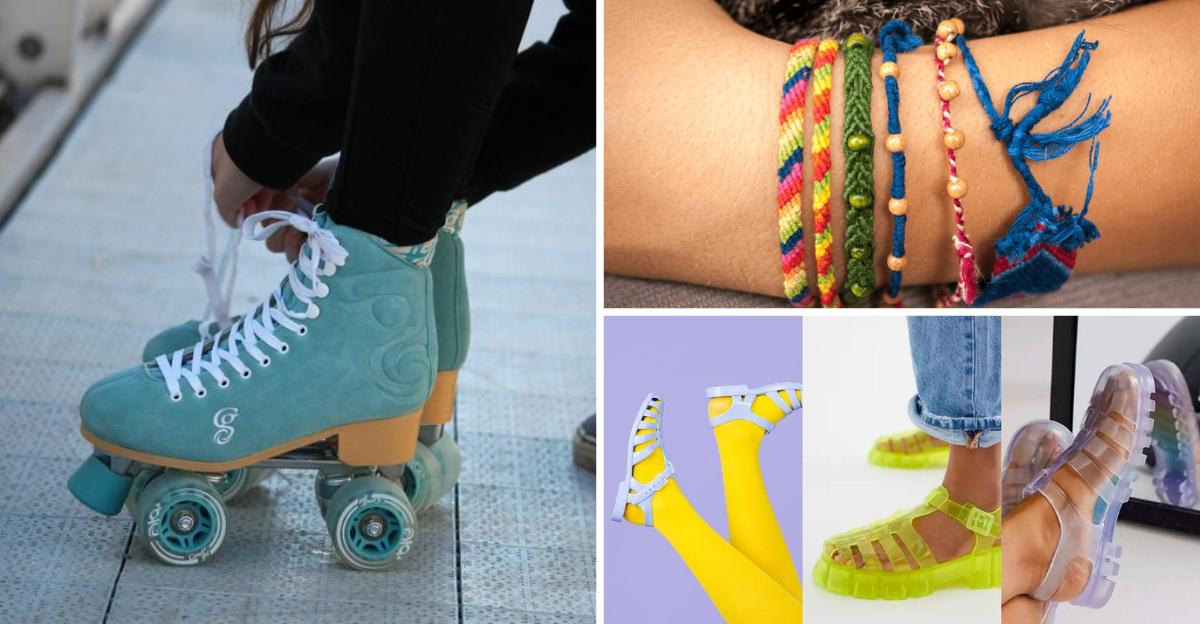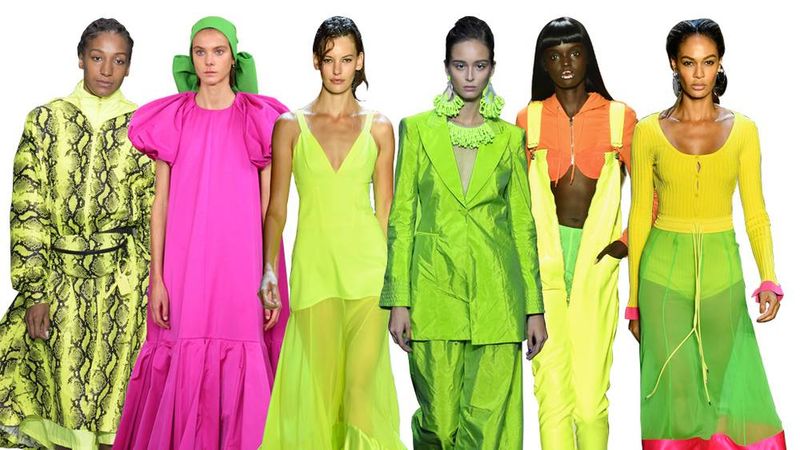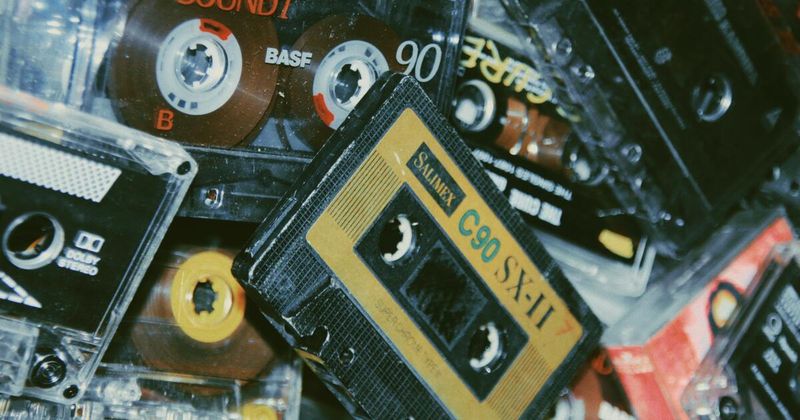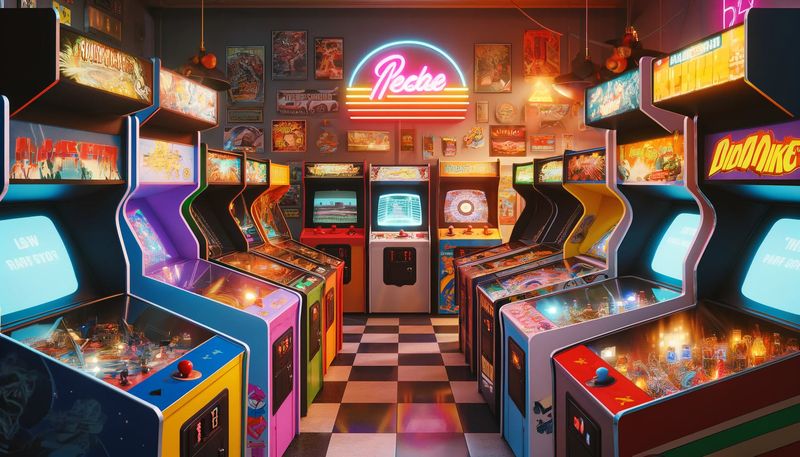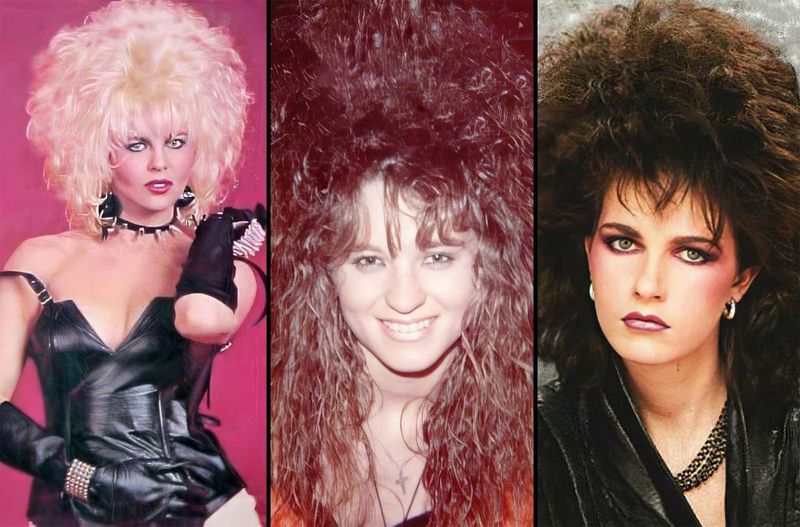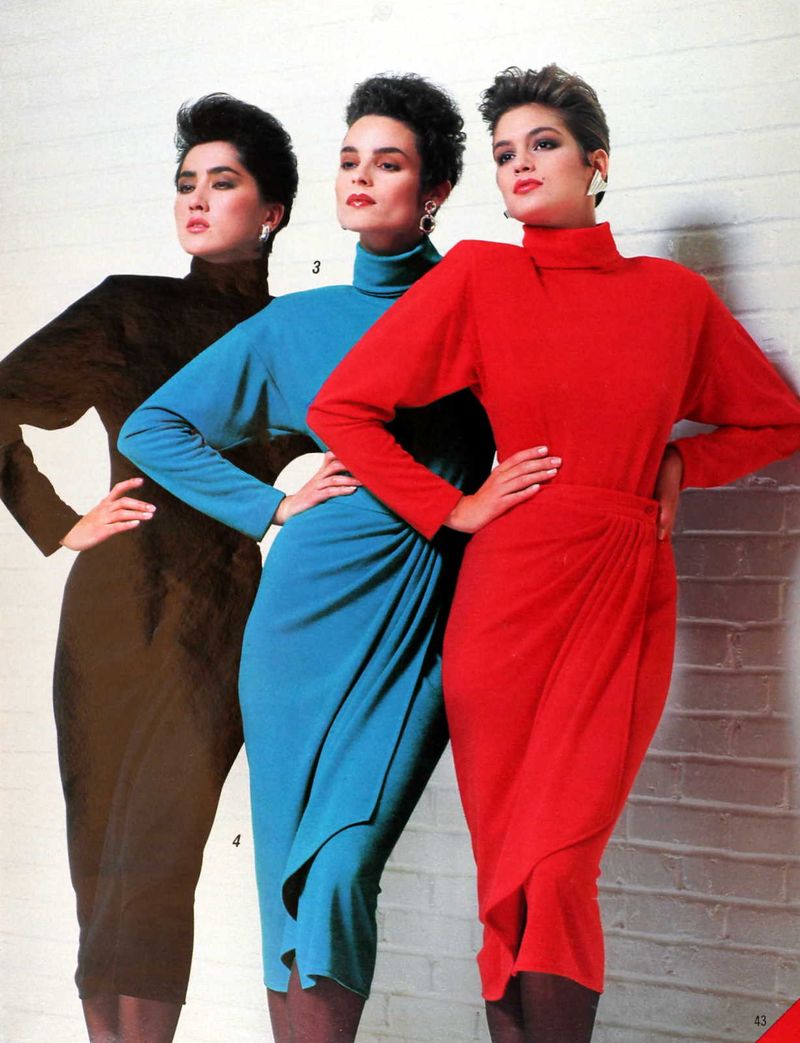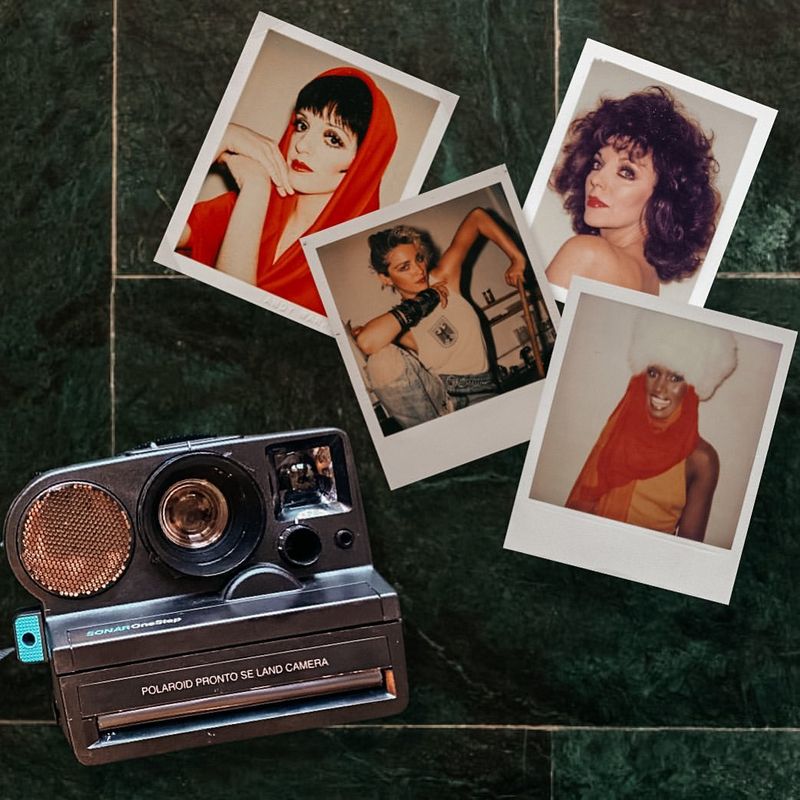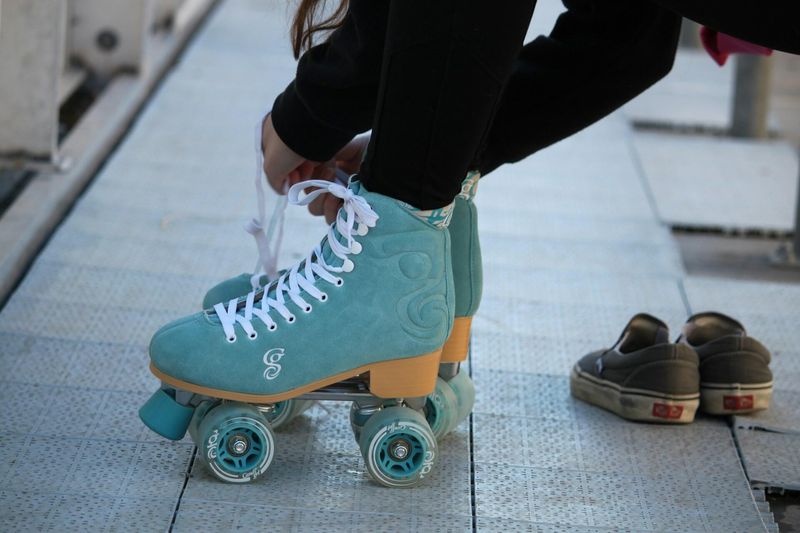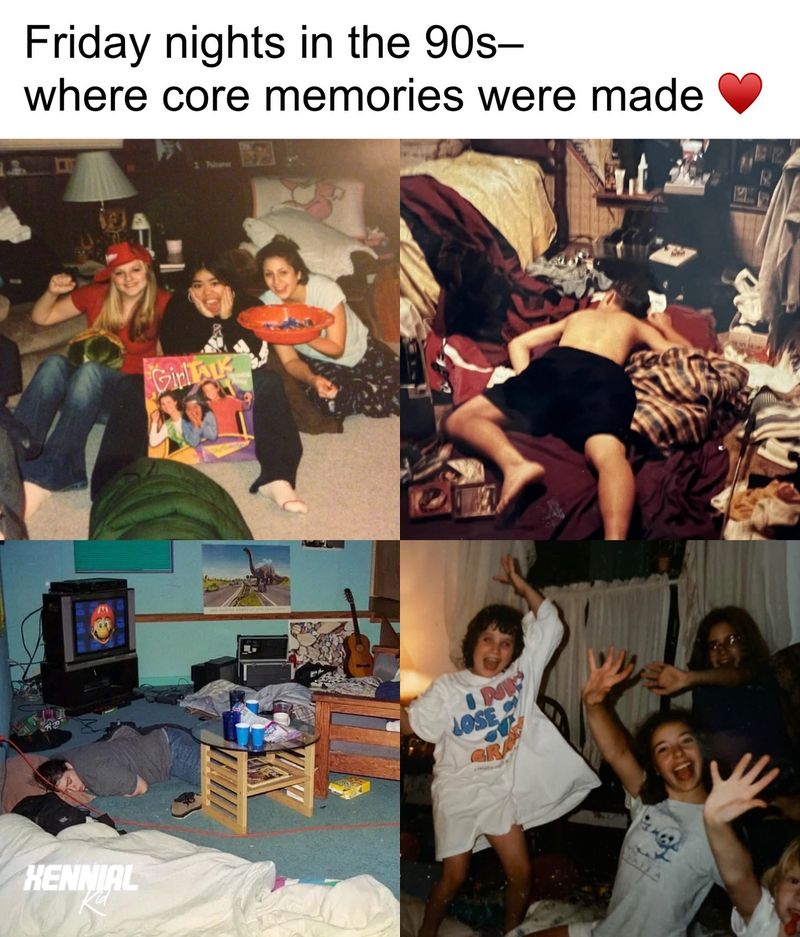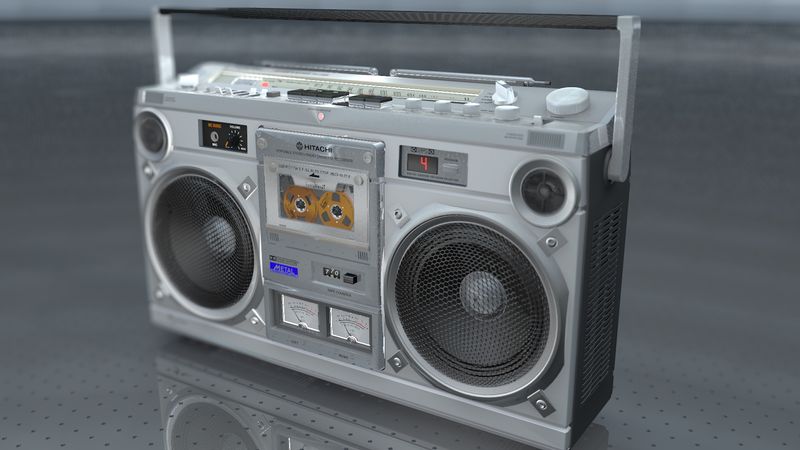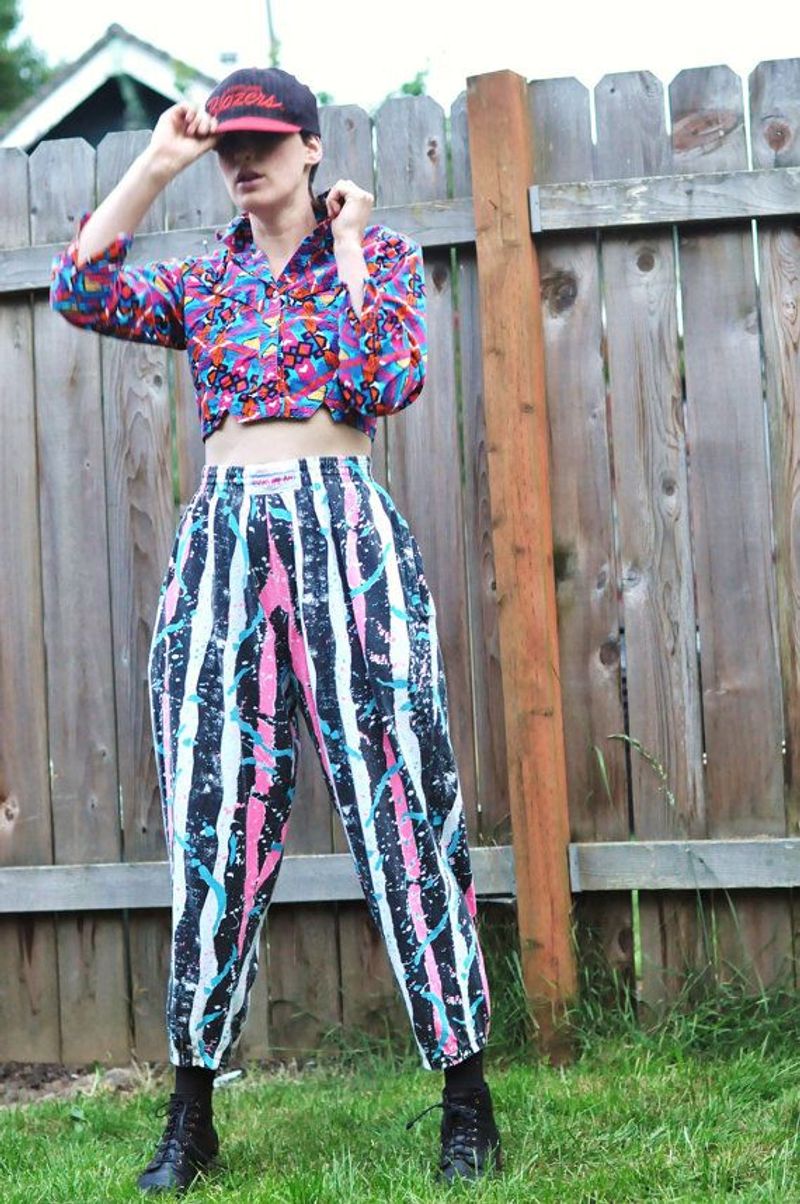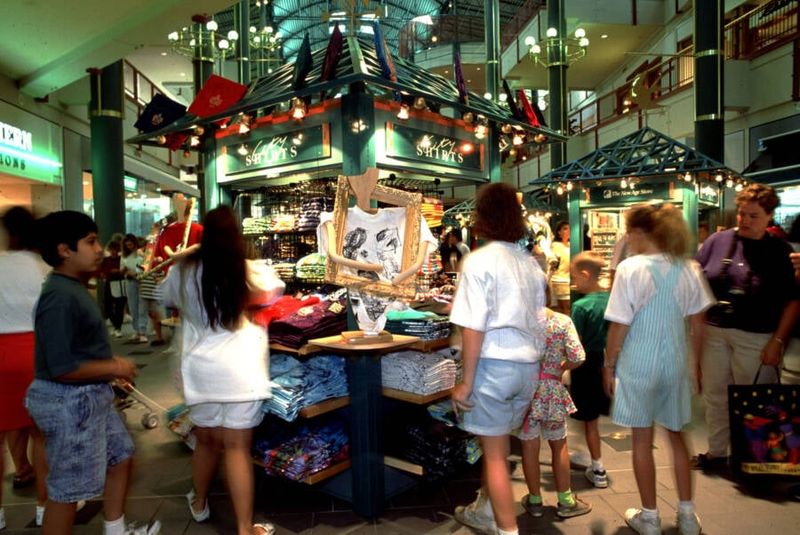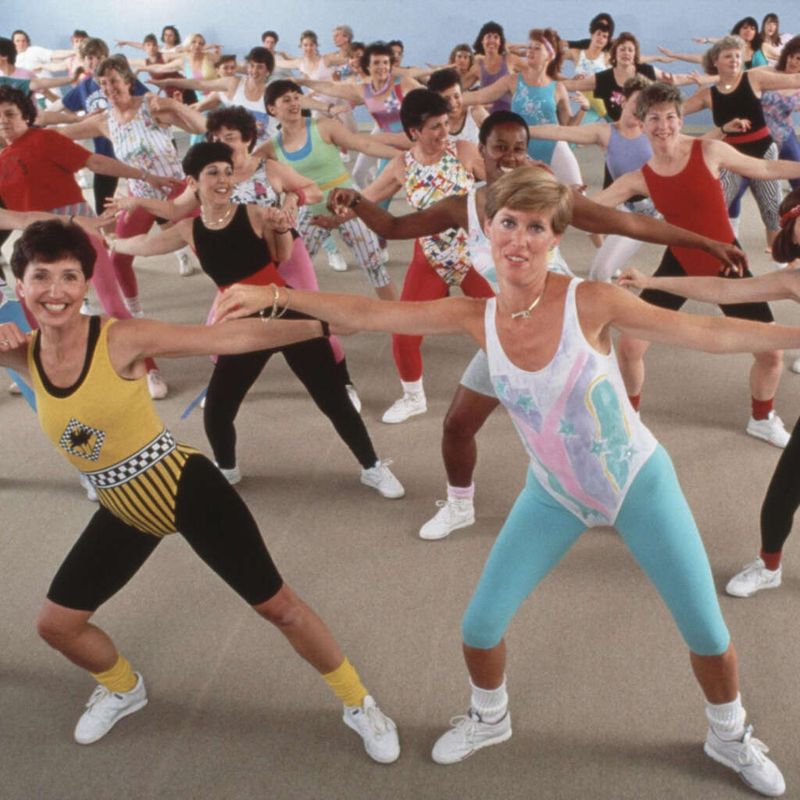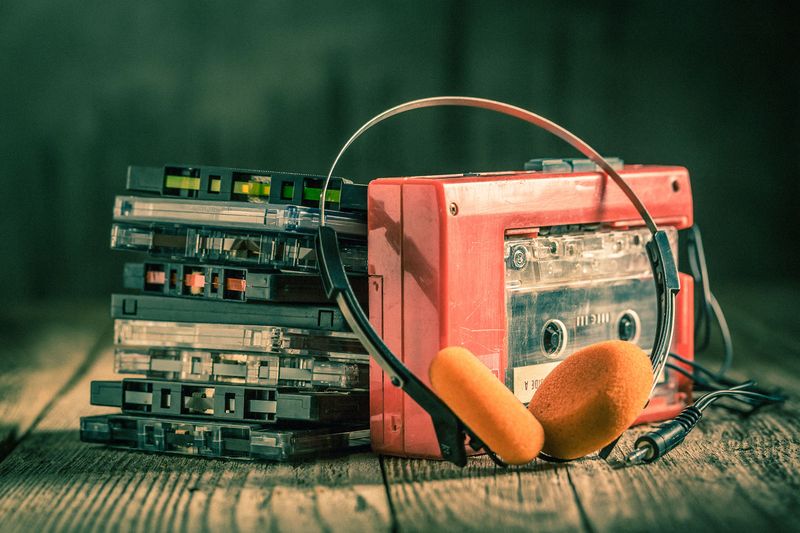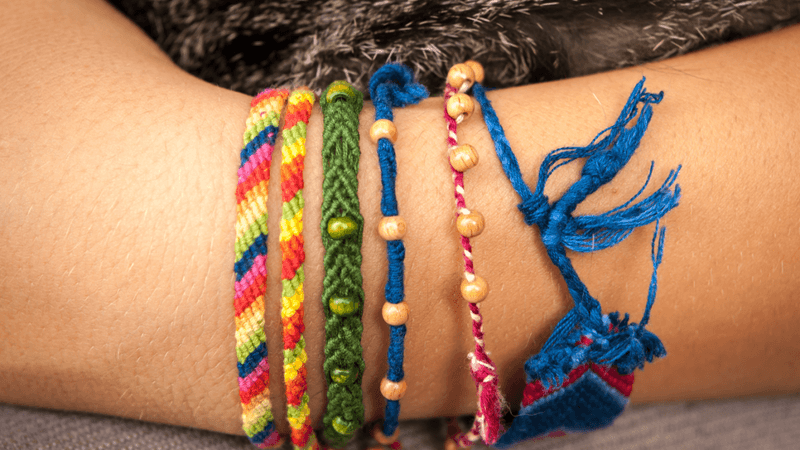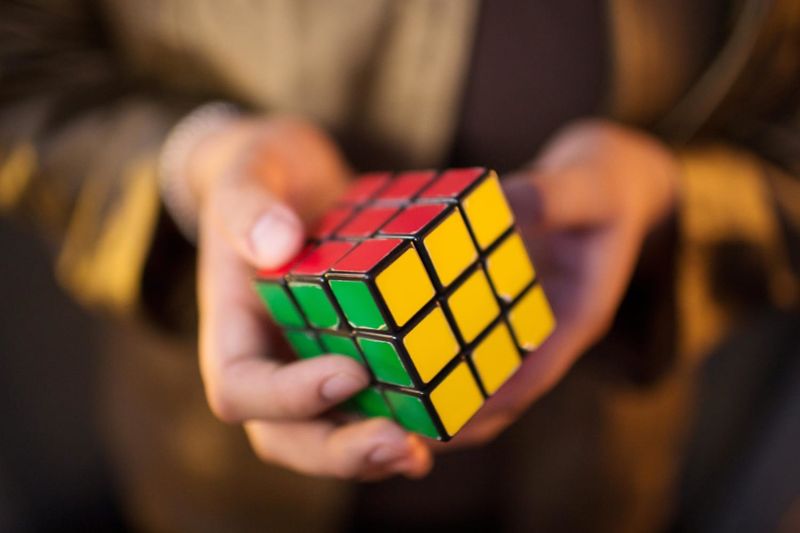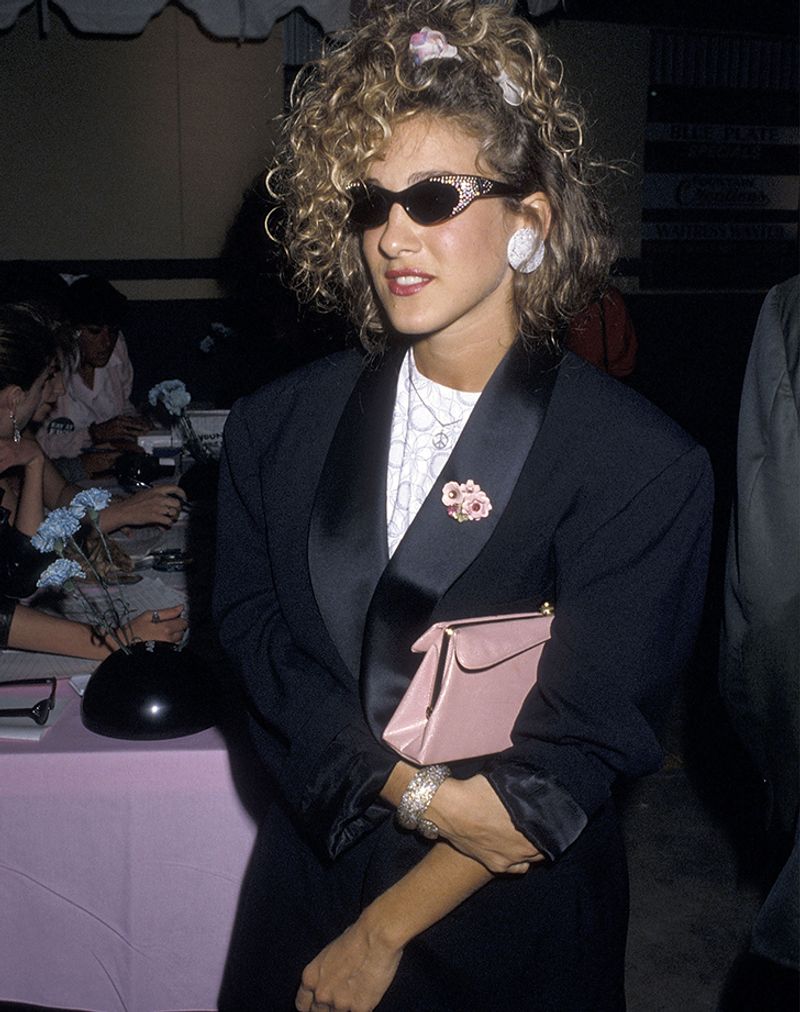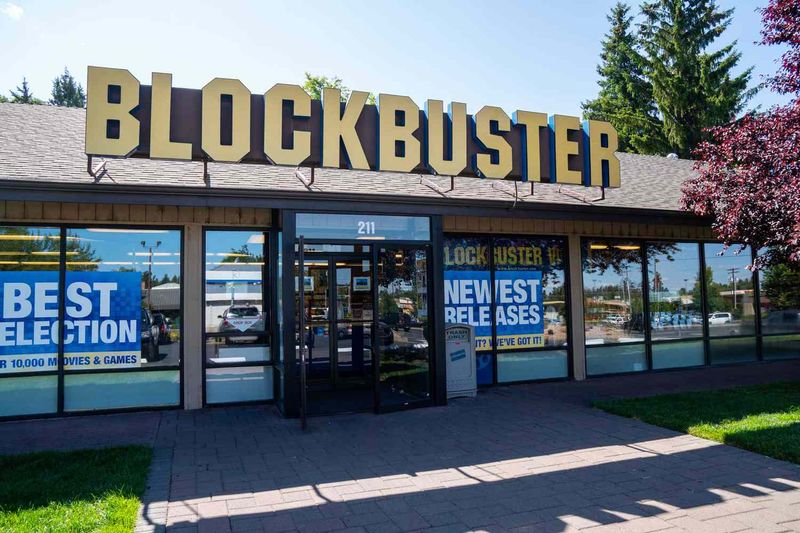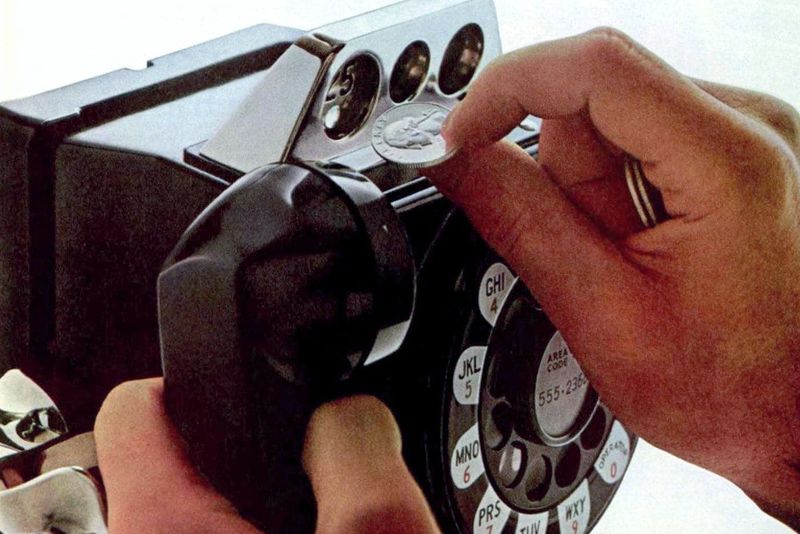Neon colors, big hair, and cassette tapes might seem like ancient history, but many millennials find themselves longing for the bold, unapologetic style of the 1980s.
Growing up hearing stories from their parents or catching glimpses in movies, this generation has developed a secret appreciation for an era they barely experienced.
The ’80s represented a time of creativity, self-expression, and optimism that feels refreshing compared to today’s digital world. Here are twenty trends from that iconic decade that millennials wish would make a serious comeback.
1. Neon Everything
Bright pink, electric blue, and lime green dominated every aspect of ’80s fashion and decor. Clothing, accessories, and even home furnishings embraced these eye-catching colors that demanded attention.
Millennials crave this fearless approach to color after years of minimalist beige and gray trends. The boldness of neon represents confidence and fun that modern fashion often lacks.
Imagine walking into a room wearing a neon windbreaker without worrying about being too loud or attention-seeking. That kind of unapologetic self-expression feels liberating in our image-conscious world.
2. Mixtapes and Cassettes
Creating the perfect mixtape was an art form that required careful planning, timing, and genuine thought. Each song choice carried meaning, and the physical act of recording created something tangible and personal.
Unlike today’s instant playlists, mixtapes demanded patience and creativity. You had to wait for your favorite song on the radio or carefully time recordings to avoid awkward cuts.
The romantic gesture of giving someone a handmade mixtape feels incredibly meaningful compared to simply sharing a Spotify link. That personal touch and effort made music feel more special and intimate.
3. Arcade Culture
Arcade halls buzzed with energy as teenagers gathered around Pac-Man, Street Fighter, and Galaga machines. The social aspect of gaming brought people together in ways that online gaming simply cannot replicate.
Standing shoulder-to-shoulder with friends and strangers, cheering each other on, created genuine connections. The quarter-fed machines meant every game mattered, making victories feel more earned and defeats more meaningful.
Millennials miss this communal gaming experience where skill was displayed publicly and friendships formed over shared high scores. The tactile feedback of joysticks and buttons added physical excitement to digital adventures.
4. Big Hair and Aqua Net
Hair reached astronomical heights thanks to generous amounts of hairspray, teasing combs, and sheer determination. The bigger the hair, the closer to heaven, as they said back then.
This trend represented fearless self-expression and creativity that modern hair trends often lack. People spent serious time crafting their signature look, treating their hair like wearable art.
Millennials admire the confidence it took to walk around with gravity-defying hairstyles. The commitment to maintaining such elaborate styles shows a dedication to personal presentation that feels refreshingly intentional compared to today’s effortless beauty standards.
5. Shoulder Pads
Power dressing reached new heights with shoulder pads that could rival football gear. These structured additions transformed silhouettes and projected authority in boardrooms and social settings alike.
The psychological impact of shoulder pads cannot be understated – they literally made people feel more powerful and confident. Women especially embraced this trend as they entered professional spaces traditionally dominated by men.
Millennials appreciate how shoulder pads represented taking up space unapologetically. In an era of body positivity and self-advocacy, the bold statement of enhanced shoulders feels surprisingly relevant and empowering for modern wardrobes.
6. Leg Warmers
Originally designed for dancers to keep muscles warm, leg warmers became a fashion statement that extended far beyond the studio. They added texture, color, and personality to any outfit.
The versatility of leg warmers impressed everyone – they worked with skirts, jeans, shorts, and dresses. Available in countless colors and patterns, they offered an easy way to personalize any look.
Millennials love practical fashion that serves multiple purposes, and leg warmers delivered both function and style. The cozy factor appeals to a generation that values comfort while still wanting to look put-together and unique.
7. Polaroid Cameras
The magic of instant photography created moments of pure excitement as images slowly developed before your eyes. Each photo was precious because film was limited and expensive.
Polaroids captured authentic, unfiltered moments that couldn’t be deleted or retaken endlessly. The anticipation of waiting for the image to appear added drama and excitement to photography.
Millennials crave this return to intentional photography where every shot counted. The physical nature of Polaroids – something you could hold, share, and stick on walls – provided tangible memories that digital photos struggle to match in emotional impact.
8. Roller Skating Everywhere
Roller skates weren’t just for rinks – they were legitimate transportation and a lifestyle choice. People skated to work, school, and social events with complete confidence and style.
The freedom of gliding down sidewalks while music played from portable radios created a sense of joy and movement that walking simply couldn’t match. Skating required balance, grace, and a bit of daring.
Millennials admire the practicality and fun factor of roller skating as daily transportation. The idea of incorporating play and movement into routine activities appeals to a generation seeking more joy and physical activity in their lives.
9. Slumber Party Culture
Slumber parties were elaborate social events featuring movies, makeovers, truth-or-dare games, and endless conversations that lasted until dawn. These gatherings strengthened friendships through shared experiences and secrets.
The ritual of staying up all night bonding with friends created memories that lasted lifetimes. Snacks, scary movies, and heart-to-heart talks formed the perfect recipe for connection.
Millennials miss this dedicated time for friendship maintenance and deep conversations. In our busy, digitally-connected world, the idea of unplugging for an entire night to focus solely on friendships feels both nostalgic and necessary for mental health.
10. Boom Boxes
Carrying a boom box on your shoulder announced your presence and musical taste to the world. These portable sound systems brought the party wherever you went, creating instant dance floors.
The social aspect of boom boxes encouraged sharing music and discovering new artists through friends’ collections. Volume controls meant you could set the mood for any gathering or activity.
Millennials appreciate the communal nature of boom box culture where music became a shared experience rather than a private one. The bold statement of carrying your soundtrack through life feels confident and unapologetic in the best possible way.
11. Parachute Pants
These billowy, synthetic pants made swishing sounds with every step and came in colors that defied nature. Originally designed for breakdancing, they offered freedom of movement and undeniable style.
The futuristic fabric and loose fit represented a departure from traditional clothing constraints. Parachute pants allowed for dramatic movement and dance moves that tighter clothing simply couldn’t accommodate.
Millennials love the idea of clothing that prioritizes comfort and movement over restrictive fashion rules. The bold colors and unique textures of parachute pants offered self-expression that modern athleisure attempts to capture but rarely achieves with such flair.
12. Mall Culture
Shopping malls served as social headquarters where teenagers gathered to see and be seen. Food courts, arcade areas, and endless stores created a complete entertainment ecosystem under one roof.
The mall represented freedom for young people – a place to hang out without adult supervision while still being safe. Window shopping, people-watching, and impromptu meetups made malls social destinations.
Millennials miss this central gathering place that brought communities together. The decline of mall culture has left a void in social spaces where different generations and social groups naturally intersected and interacted regularly.
13. Aerobics Classes
Bright leotards, leg warmers, and high-energy music transformed exercise into a social event that was equal parts workout and fashion show. Aerobics classes brought communities together through shared sweat and synchronized movements.
The enthusiasm of instructors and participants created an infectious energy that made working out feel like a celebration rather than a chore. Choreographed routines turned fitness into performance art.
Millennials crave this combination of fitness and fun that modern gym culture often lacks. The group energy and supportive atmosphere of aerobics classes offered motivation and accountability that solo workouts simply cannot provide effectively.
14. Walkman Culture
The Sony Walkman revolutionized personal music consumption by making it portable and private. Suddenly, everyone could carry their soundtrack through life, creating personalized experiences in public spaces.
Sharing headphones became an intimate gesture, allowing friends to experience music together in their own bubble. The ritual of fast-forwarding and rewinding to find favorite songs added anticipation to listening.
Millennials appreciate the intentionality of Walkman culture where music listening was a dedicated activity rather than background noise. The physical interaction with tapes and the commitment to carrying music gear showed genuine dedication to audio experiences.
15. Friendship Bracelets
Handmade friendship bracelets represented hours of careful crafting and genuine affection between friends. Each bracelet told a story through chosen colors and patterns that held special meaning for the giver and receiver.
The time investment required to create these accessories made them incredibly meaningful gifts. Wearing multiple bracelets showed your social connections and the love people had for you.
Millennials miss this tangible expression of friendship that required skill, time, and thought. In our digital age, the idea of creating something beautiful with your hands specifically for someone you care about feels both nostalgic and necessary.
16. Rubik’s Cube Obsession
The colorful puzzle cube became a symbol of intelligence and determination as people spent countless hours trying to solve its mystery. Carrying a Rubik’s Cube showed you were up for mental challenges.
Speed-solving competitions and playground demonstrations turned puzzle-solving into a social activity. The satisfaction of finally aligning all colors created a sense of accomplishment that few toys could match.
Millennials admire the patience and persistence that Rubik’s Cube culture represented. In our instant-gratification world, the idea of dedicating serious time to mastering a single skill feels both challenging and rewarding for personal development.
17. Scrunchies
These fabric-covered hair ties added color and texture to any hairstyle while being gentle on hair. Available in countless patterns and materials, scrunchies offered an easy way to coordinate accessories with outfits.
The versatility of scrunchies impressed everyone – they worked for ponytails, buns, and even as wrist accessories when not in use. Different fabrics created different looks, from casual to dressy.
Millennials love practical accessories that serve multiple purposes, and scrunchies delivered both function and style. The gentle hold prevented hair damage while adding personality to simple hairstyles, making them perfect for health-conscious beauty routines.
18. Video Rental Stores
Friday nights meant family trips to Blockbuster or local video stores to carefully select entertainment for the weekend. The ritual of browsing shelves and reading movie boxes created anticipation and excitement.
Store employees became trusted advisors who knew your taste and could recommend hidden gems. The scarcity of new releases made getting the latest movie feel like winning a prize.
Millennials miss this communal approach to entertainment selection where choosing a movie was a social activity. The commitment to watching what you rented (because you paid for it) led to discovering films you might otherwise skip.
19. Jelly Shoes
These translucent plastic shoes came in rainbow colors and offered a playful alternative to traditional footwear. Despite their reputation for causing blisters, jelly shoes remained popular for their unique style and affordability.
The waterproof nature made them perfect for summer activities, and their bold colors added instant personality to any outfit. Different styles ranged from simple flats to elaborate strappy designs.
Millennials appreciate the fearless approach to footwear that prioritized fun over comfort. The transparent, colorful aesthetic of jelly shoes represented a time when fashion took risks and embraced playfulness over practicality or status symbols.
20. Phone Booth Conversations
Private phone conversations required finding an available phone booth and having exact change ready. These glass chambers provided a semi-private space for important calls and romantic conversations away from family ears.
The urgency of phone booth calls made conversations more meaningful and direct. You couldn’t waste time or money on small talk when quarters were counting down your connection time.
Millennials romanticize the intentionality of phone booth culture where communication required effort and planning. The idea of dedicated spaces for private conversations feels appealing in our world of constant connectivity and digital distractions everywhere.
